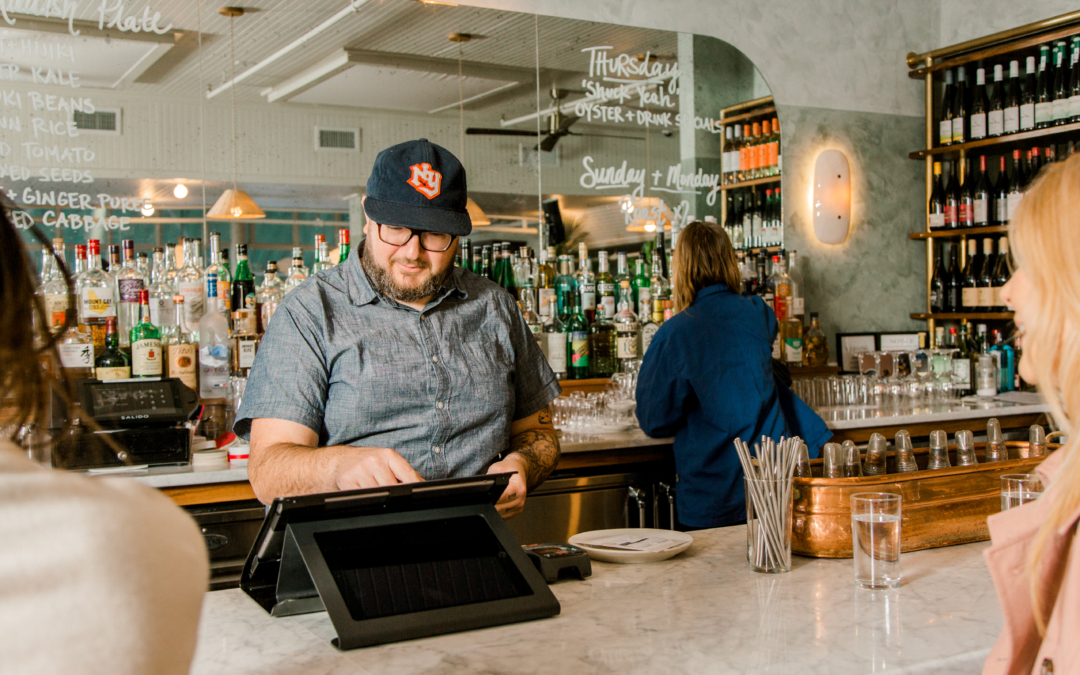Running a restaurant is both an art and a science. As a chef, you see an immediate impact every single day the restaurant is open, leaving hundreds of people stuffed and satisfied. As an entrepreneur, you are responsible for orchestrating many moving pieces – from staff scheduling to inventory management to customer facing interactions.
With lots of data sitting around, it can be challenging to extract meaningful stories from these numbers.
Before you look for answers in your data, let’s start with some basic questions:
- What challenges are you facing with your business?
- What is the bottleneck of your operation?
- What is your current guest experience and what do you expect it to be?
- How do you plan to scale your business in the next 5 years?
After assessing the end-to-end restaurant management experience, you can turn to your data to help address any potential issues. With good data analysis you can:
1 – Boost customer engagement
Credit card data can reveal the purchase pattern of a customer, therefore helping you to learn their habits and provide value accordingly. Whether the customer comes in regularly for business lunches, family outings, or to meet up with friends, you will have relevant offers to keep them coming back. Looking into segmentation, you can also target people based on their favorite dish, the location, their patronage frequency, or their spending budget.
2 – Improve guest experience
According to a Yelp report, reviews that mention good customer service are 15 times more likely to be a 5-star review than a 1-star review. Guest management can make or break your restaurant. With meticulous documentation in your POS system, you can keep track of party size and plan for extra seating. If you find you can’t accommodate guests during peak hours, referring them to some other alternative restaurant is a much better option than opening the night with angry guests.
3 – Adjust your menu
Order data can also be extremely valuable. Take a deep dive into your bestseller: what makes it a cash-cow? Do your new customers and regular patrons react differently towards the same menu? What is your most popular category? Could there be time for any add-on or cross-sell apart from your entrees? Looking at your data can help you make better menu changes. Also, if you’re looking to experiment with a new menu, consider whether it should be rolled out during your slow-hours to minimize the risks of negative responses.
4 – Optimize your inventory
Food costs can run around 28-32% in QSR and full service restaurants, while fine dining restaurants often have food costs of 38% or higher. Combining your food inventory, suppliers, and unit price data, you can create menu items with your bottom line in mind. As you learn your order volume at different peak times of the day and different days of the week, you can also make sure your kitchen is well stocked before a busy event.
5 – Empower your staff
With information about all your guests ready in one place, your staff is better prepared to greet your customers. Providing personalized service can translate into more tips and higher revenue for your restaurant. Monitoring staff performance, you can evaluate your team and provide assistance when their skills fall short. By providing relevant training and authorizing access of relevant data to relevant staff, you encourage the team to take ownership of their own role in the business.
At Paytouch, we translate data into results. We took out the heavy lifting of data aggregation and analysis, so you can focus on delighting your customers.

